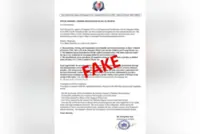On a full flight in economy class, meal service can take one or two hours to complete, barring any disruptions. -ST FILE
SINGAPORE: The new Singapore Airlines (SIA) in-flight service protocol, in which meal service is suspended and cabin crew members must buckle up when the seat-belt sign is turned on, has had a ripple effect on passengers and crew.
Most people who spoke to The Straits Times said they understood SIA’s need to update its protocol. But a handful of frequent fliers described it as a hasty move, and said the national carrier’s new regulations are already having repercussions on its service offerings and drive up stress levels of cabin crew.





